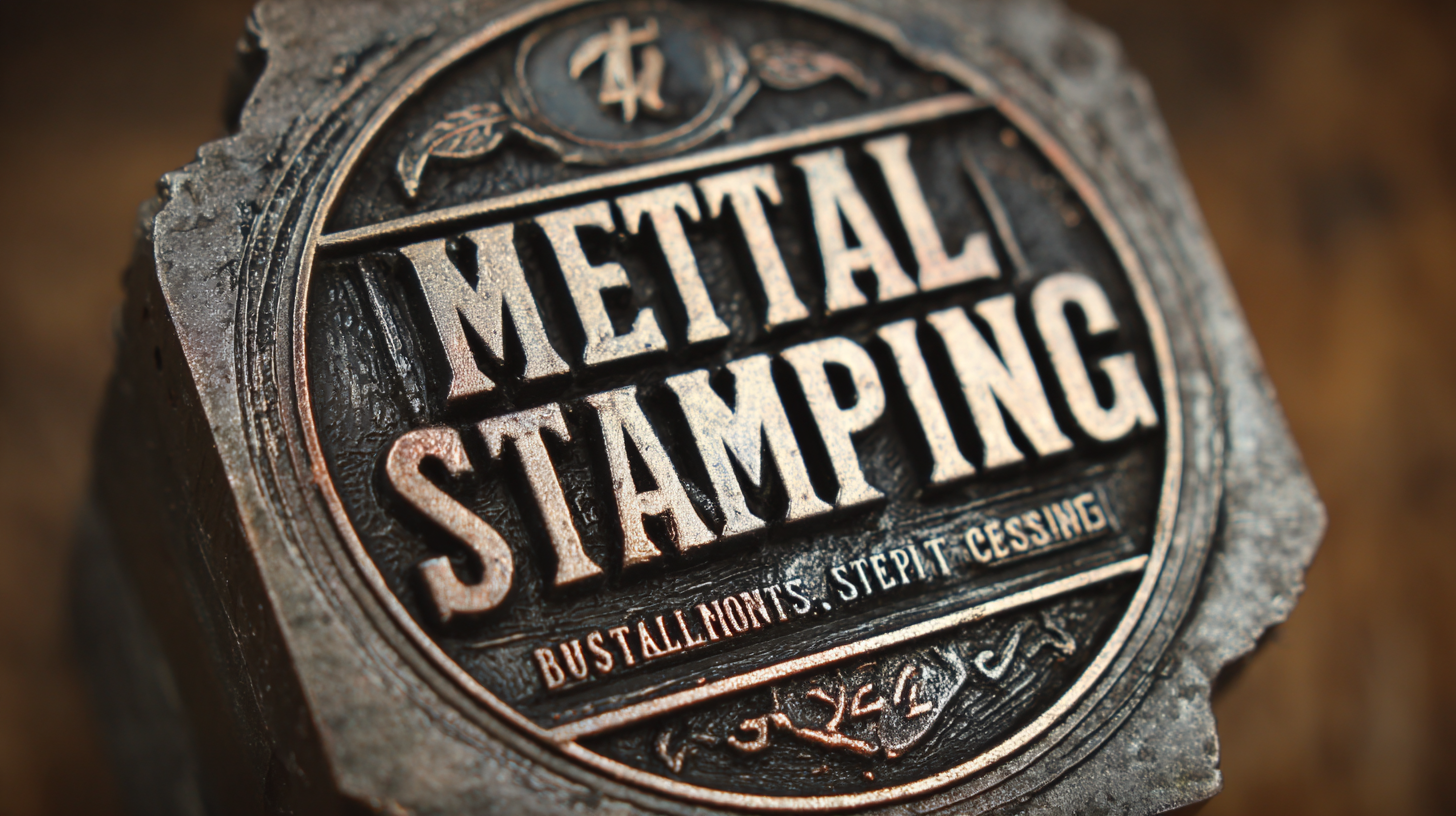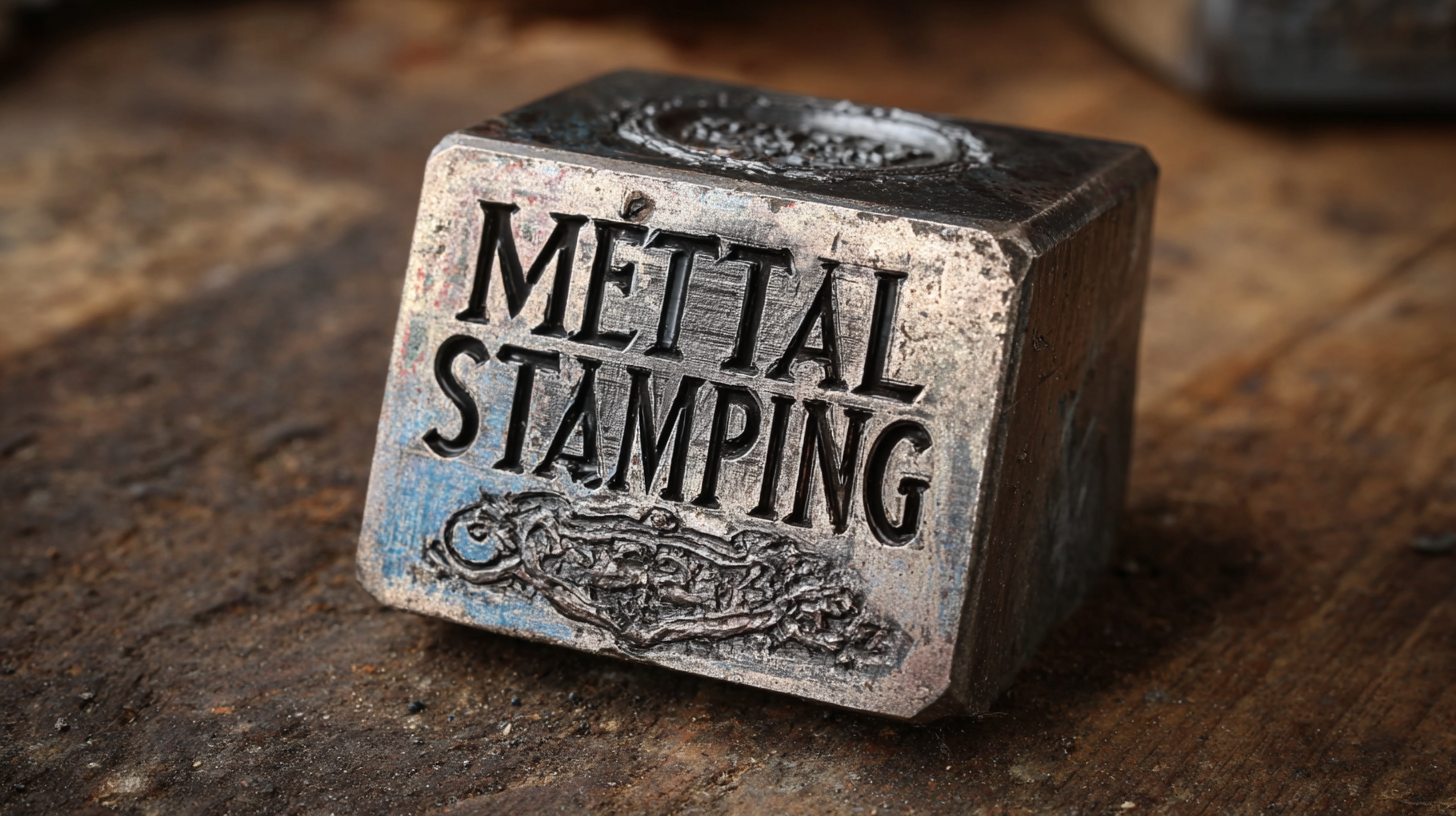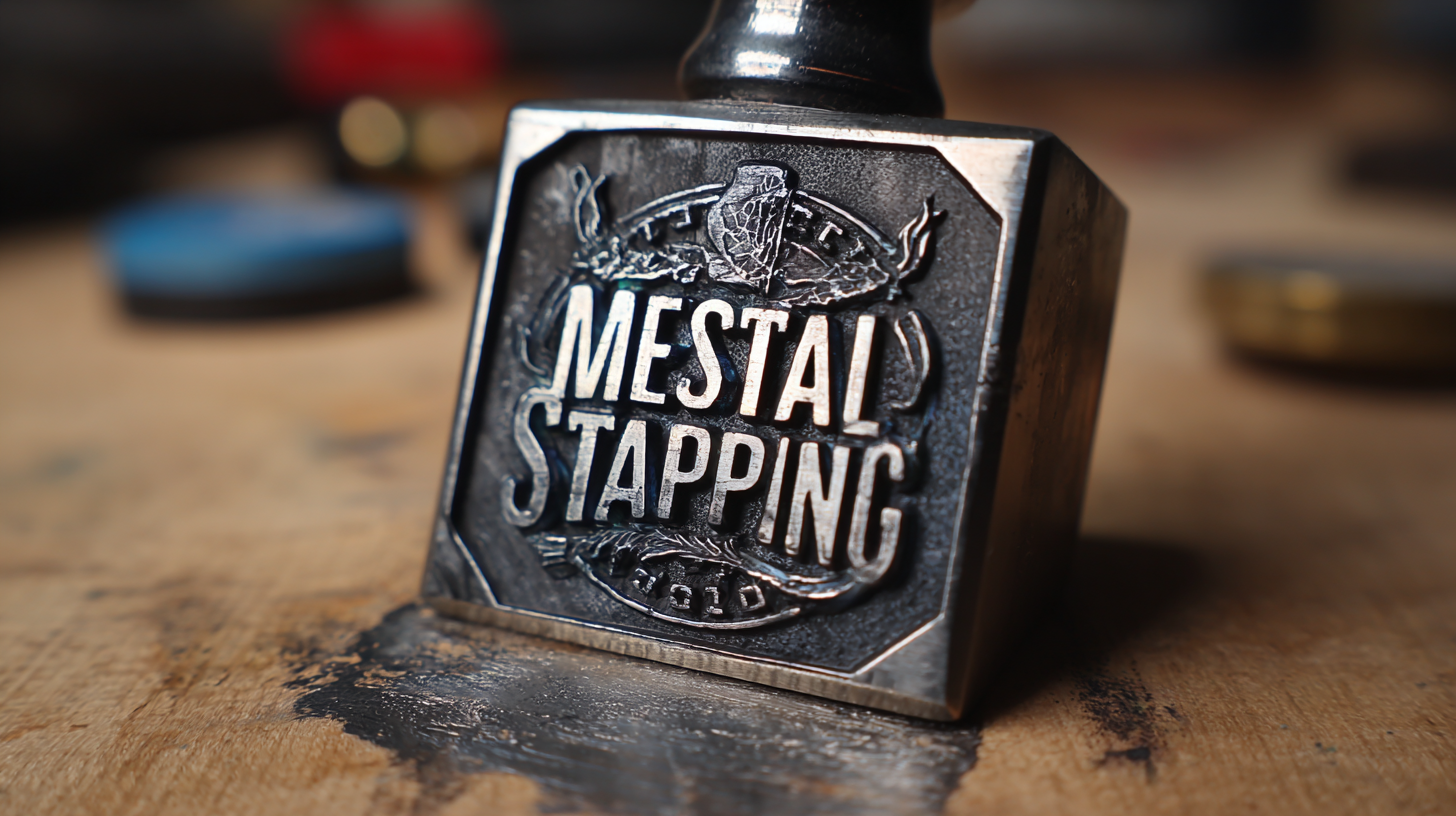Mastering Best Metal Stamping Techniques Essential Specifications and Step by Step Guide
In the competitive landscape of manufacturing, mastering the best metal stamping techniques is crucial for producing high-quality components efficiently. According to a report by Market Research Future, the global metal stamping market is projected to reach a valuation of over $250 billion by 2026, driven by the growing demand in sectors such as automotive, aerospace, and electronics. The success of any metal stamping operation hinges not only on the techniques employed but also on the quality of suppliers. Identifying reliable vendors who can provide the necessary material specifications and technical expertise is essential for maintaining production standards and ensuring timely delivery. This blog will explore top strategies for finding quality metal stamping suppliers and outline the essential specifications required in the industry, coupled with a step-by-step guide to streamline your sourcing process.
Understanding the Key Characteristics of Effective Metal Stamping Techniques
Effective metal stamping techniques are crucial for producing high-quality components in various industries, including automotive, aerospace, and electronics. According to a report by the Precision Metalforming Association, the U.S. metal stamping industry is projected to grow at a CAGR of 4.7% from 2021 to 2026, highlighting the increasing demand for precision and efficiency in manufacturing processes. Key characteristics of effective metal stamping include tool design, material selection, and production speed. Employing advanced technologies like CAD/CAM software can enhance the precision of dies and tools, resulting in fewer errors and reduced material waste.
Another critical aspect is the choice of materials. The global metal stamping market size was valued at $215 billion in 2022, driven largely by the growing automotive industry, which prefers lightweight materials to boost fuel efficiency. Understanding the properties of different metals not only aids in selecting the right material but also influences the stamping process parameters. For instance, using high-strength steel can improve durability and performance, while aluminum can reduce weight. Tailoring these specifications to fit project needs can significantly improve both the quality and efficiency of metal stamping operations.
Analyzing After-Sales Service Advantages in Metal Stamping Industries
In the highly competitive metal stamping industry, after-sales service plays a crucial role in maintaining customer satisfaction and loyalty. Efficient after-sales support not only addresses immediate concerns but also fosters long-term relationships with clients. By offering timely assistance, troubleshooting, and maintenance services, companies can ensure their clients' stamping equipment operates at peak performance. This focus on service can significantly differentiate a company from its competitors, making it an essential aspect of business strategy.
Moreover, the advantages of a robust after-sales service extend beyond customer retention. When clients feel supported, they are more likely to provide valuable feedback, which can drive improvements in product quality and operational efficiency. Additionally, effective communication during the after-sales phase can help identify new business opportunities, such as upselling or cross-selling related services or products. By prioritizing after-sales service, metal stamping industries can not only enhance customer satisfaction but also contribute to overall business growth and innovation.
Mastering Best Metal Stamping Techniques
Evaluating Maintenance Costs: Strategies for Smart Metal Stamping Operations
When it comes to optimizing metal stamping operations, evaluating maintenance costs plays a critical role in ensuring efficiency and profitability. According to a report by SMEs, maintenance expenses can account for 15-40% of total manufacturing costs in stamping operations. Therefore, implementing strategic maintenance practices is essential for reducing these expenses while maximizing machine uptime.
One effective strategy is to adopt predictive maintenance techniques, which utilize data analytics to forecast potential machine failures before they occur. A study from the National Institute of Standards and Technology (NIST) noted that companies employing predictive maintenance can achieve an overall cost reduction of up to 30% when compared to traditional maintenance methods. This proactive approach not only mitigates unexpected downtime but also extends the lifespan of stamping equipment, enhancing overall operational efficiency.
Another key consideration is the choice of materials and their compatibility with stamping processes. According to the Fabricators & Manufacturers Association (FMA), selecting the right metal alloys can significantly influence wear and tear on machinery, impacting maintenance costs. By investing in higher quality materials that offer better durability and performance, companies can further cut down on maintenance expenditures and improve the long-term viability of their metal stamping operations.
Exploring the Future Trends of Metal Stamping Technology
The future of metal stamping technology is poised for significant evolution, driven by advancements in automation, materials science, and digital transformation. According to a report by ResearchAndMarkets, the global metal stamping market is expected to reach USD 276.6 billion by 2030, growing at a CAGR of 5.2% from 2023. This growth is largely attributed to the increasing demand for lightweight materials in automotive and aerospace industries, pushing manufacturers to adopt innovative stamping processes that can accommodate complex designs while maintaining efficiency.

Furthermore, the integration of Industry 4.0 technologies is revolutionizing metal stamping operations. The adoption of smart sensors and IoT devices enables real-time monitoring and predictive maintenance, significantly reducing downtime and operational costs. A recent study by Deloitte indicated that manufacturers investing in advanced technologies like robotics and AI are seeing productivity gains of up to 20%. As companies embrace these future trends, it is clear that staying ahead in metal stamping requires not only mastering current techniques but also strategically innovating towards a more automated and data-driven approach.
Integrating Advanced Techniques for Cost-Efficiency in Metal Stamping Projects
In the realm of metal stamping, integrating advanced techniques is pivotal for enhancing cost-efficiency across projects. According to a recent industry report from Grand View Research, the global metal stamping market is expected to reach $220 billion by 2025, driven by the rising demand for precision-engineered components in sectors like automotive and aerospace. By employing innovative strategies such as progressive die stamping and automated systems, manufacturers can significantly reduce labor costs and waste, leading to a more streamlined production process.
Moreover, implementing lean manufacturing principles can yield substantial savings. A study by the Lean Enterprise Institute found that companies practicing lean methods experienced an average reduction of up to 30% in operational costs. Techniques such as just-in-time inventory and continuous improvement initiatives allow for the elimination of excess material and time wastage. By harnessing these advanced processes, metal stamping facilities can not only enhance their productivity but also establish a competitive edge in an increasingly price-sensitive market. Hence, focusing on these strategies will not only optimize performance but also foster sustainable growth within the industry.
Mastering Best Metal Stamping Techniques: Essential Specifications and Step by Step Guide
| Technique |
Specification |
Step-by-Step Guide |
Cost Efficiency |
| Progressive Stamping |
Material Thickness: 0.5 mm - 5 mm |
1. Setup die
2. Feed material
3. Perform operation
4. Inspect part |
Reduction of material waste by 20% |
| Deep Drawing |
Max Depth: 2 x Blank Diameter |
1. Prepare blank
2. Insert into die
3. Apply pressure
4. Remove part |
Lower tooling costs through efficient design |
| Laser Cutting |
Max Material Thickness: 25 mm |
1. Calibrate laser
2. Load CAD design
3. Execute cut
4. Clean edges |
Reduces labor costs by automating the cutting process |
| Mirror Polishing |
Surface Finish: RA 0.1 - 0.5 |
1. Abrasive preparation
2. Buffing
3. Final inspection |
Enhances product value, attracting higher sales prices |
 English
English English
English Español
Español Português
Português русский
русский Français
Français 日本語
日本語 Deutsch
Deutsch tiếng Việt
tiếng Việt Italiano
Italiano Nederlands
Nederlands ภาษาไทย
ภาษาไทย Polski
Polski 한국어
한국어 Svenska
Svenska magyar
magyar Malay
Malay বাংলা ভাষার
বাংলা ভাষার Dansk
Dansk Suomi
Suomi हिन्दी
हिन्दी Pilipino
Pilipino Türkçe
Türkçe Gaeilge
Gaeilge العربية
العربية Indonesia
Indonesia Norsk
Norsk تمل
تمل český
český ελληνικά
ελληνικά український
український Javanese
Javanese فارسی
فارسی தமிழ்
தமிழ் తెలుగు
తెలుగు नेपाली
नेपाली Burmese
Burmese български
български ລາວ
ລາວ Latine
Latine Қазақша
Қазақша Euskal
Euskal Azərbaycan
Azərbaycan Slovenský jazyk
Slovenský jazyk Македонски
Македонски Lietuvos
Lietuvos Eesti Keel
Eesti Keel Română
Română Slovenski
Slovenski



